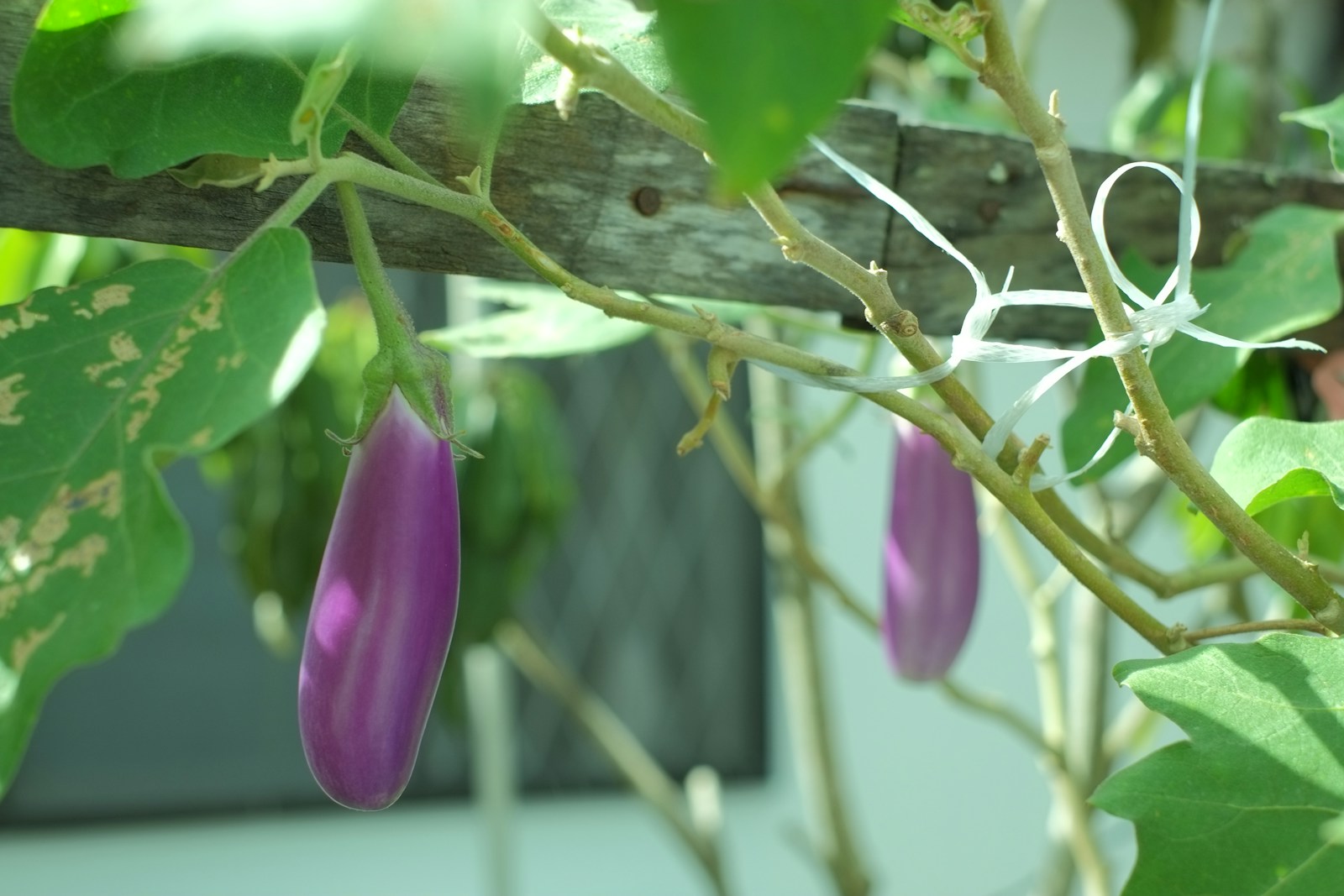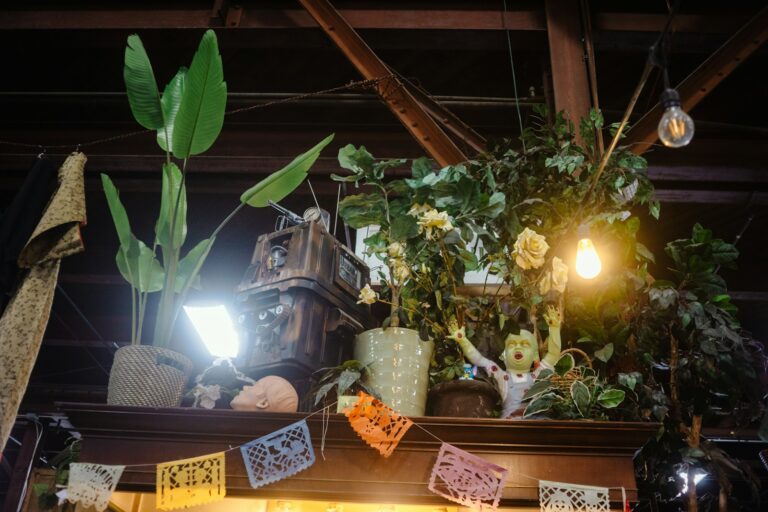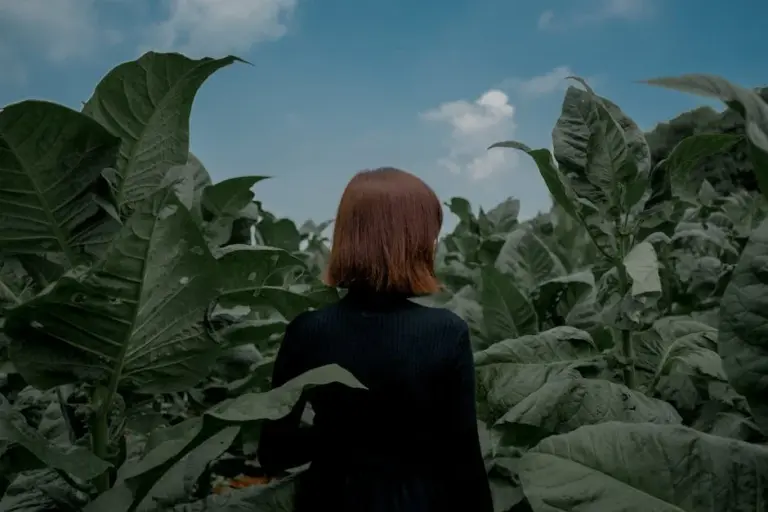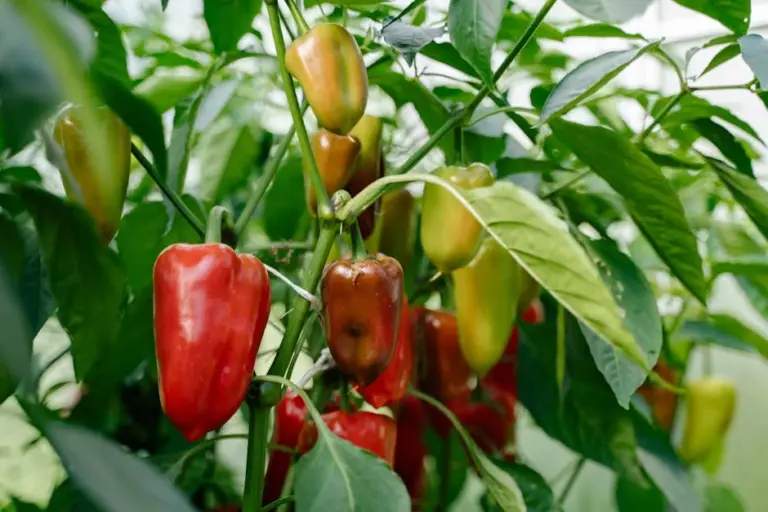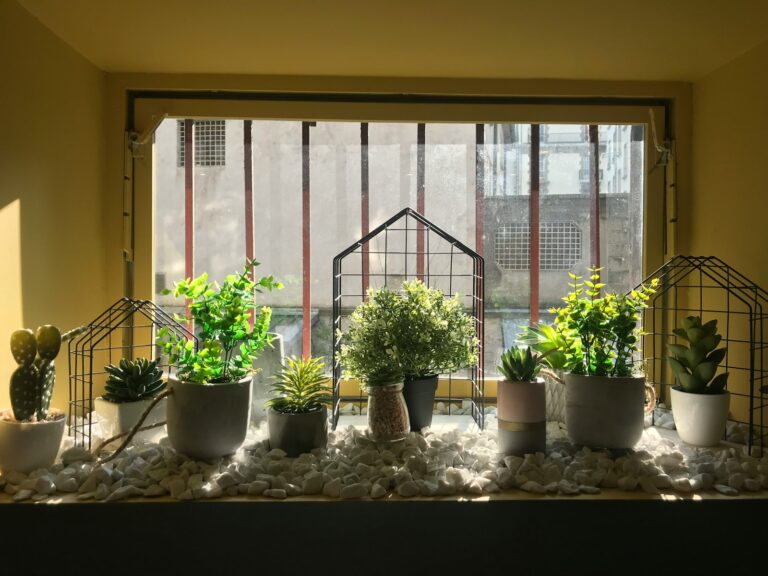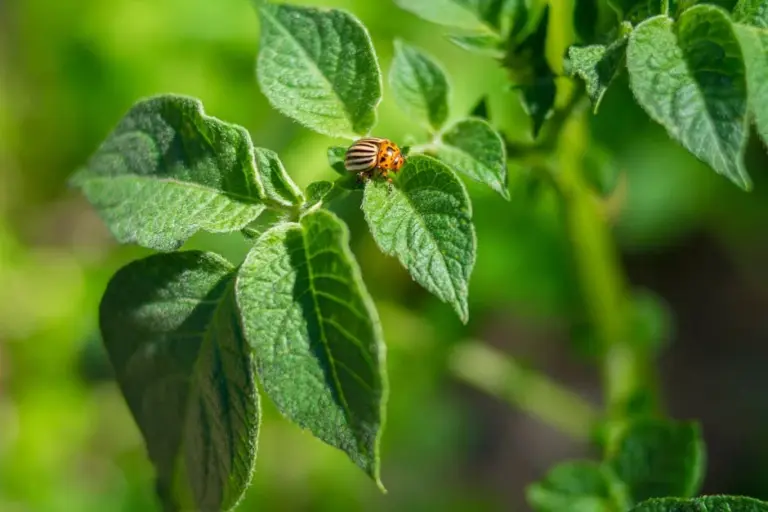8 The Best Vegetables to Plant in Late Fall for Winter Harvests
As the days get shorter and the air turns crisp, you might think your gardening days are over for the year. But late fall can be a great time to plant certain vegetables that thrive in cooler weather and even frost.
Choosing the right crops now means you can keep enjoying homegrown produce all winter. With a bit of planning, your garden can stay productive even when it’s chilly outside.
Kale

Kale is a reliable choice for late fall planting if you want fresh greens through the colder months. It not only tolerates frost but actually gets sweeter after a cold snap.
Start kale in late summer or early fall for the best results. It likes well-drained soil and lots of sunlight.
Keep the soil moist but not waterlogged. You can pick individual leaves or wait for the whole plant to mature.
Kale is tough and will keep producing even as the weather gets colder.
Spinach
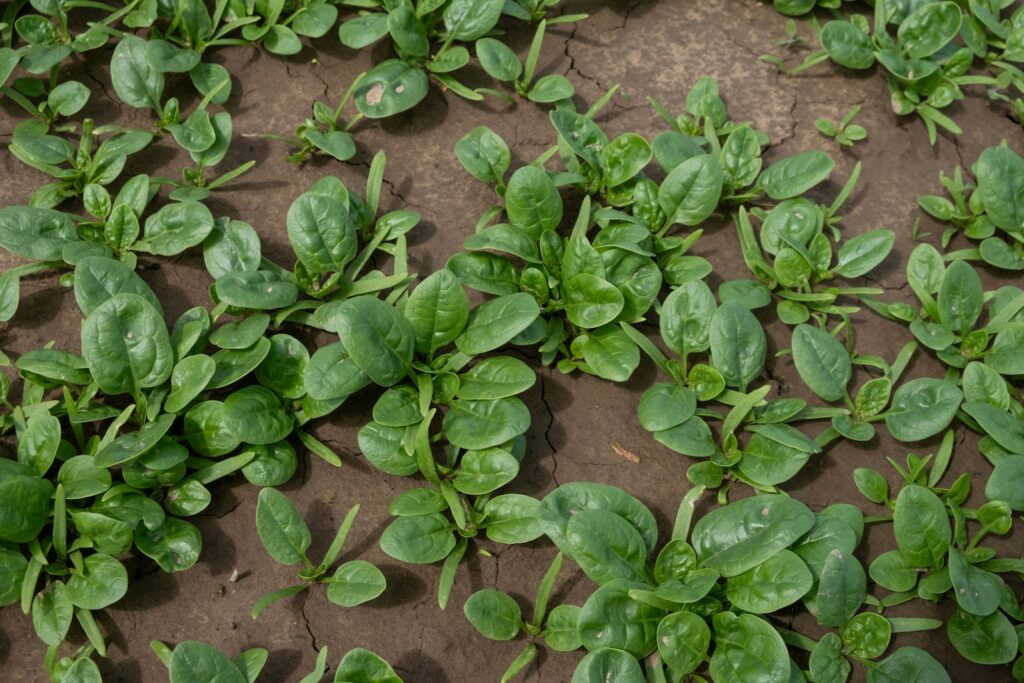
Spinach is another leafy green that loves cool weather. It can handle light frosts and often tastes sweeter after them.
Plant spinach seeds about eight to ten weeks before your first expected frost. This helps ensure you get strong, tender leaves.
A layer of mulch and some protection can help your spinach survive colder nights. Fall-planted spinach often lasts longer than spring crops.
You might be able to harvest from the same patch for several months.
Carrots
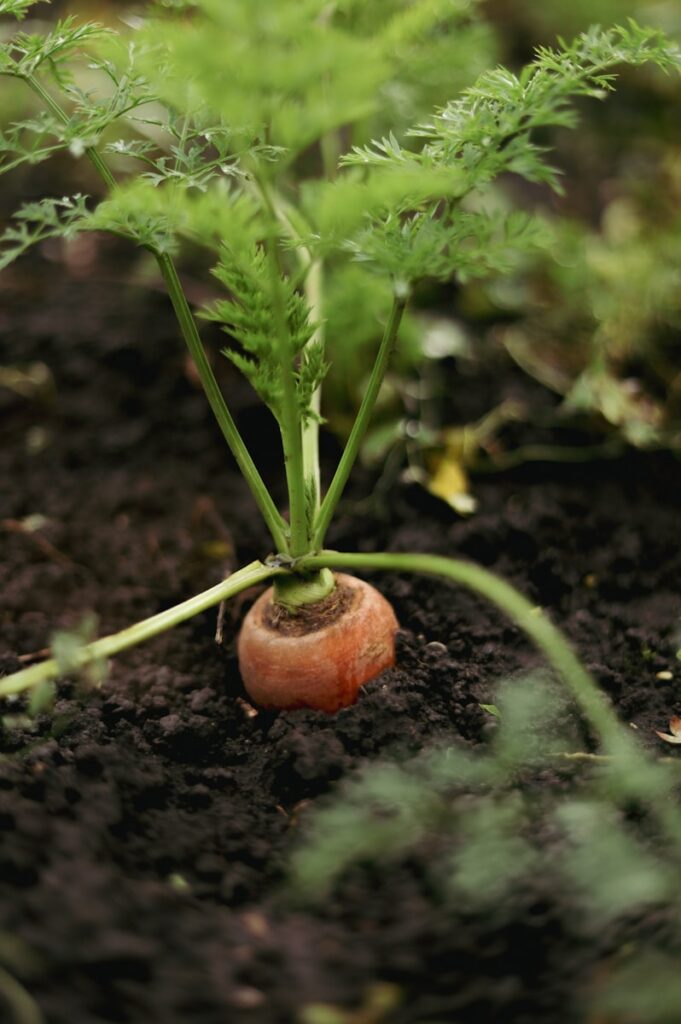
Carrots are a smart pick for late fall planting because they get sweeter in cool weather. You can enjoy crunchy, flavorful roots even when it’s cold.
Check your local frost dates and make sure to plant before the ground freezes. Carrots like loose, well-drained soil.
After harvesting, store carrots in a cool, dark spot to keep them fresh for weeks.
Beets
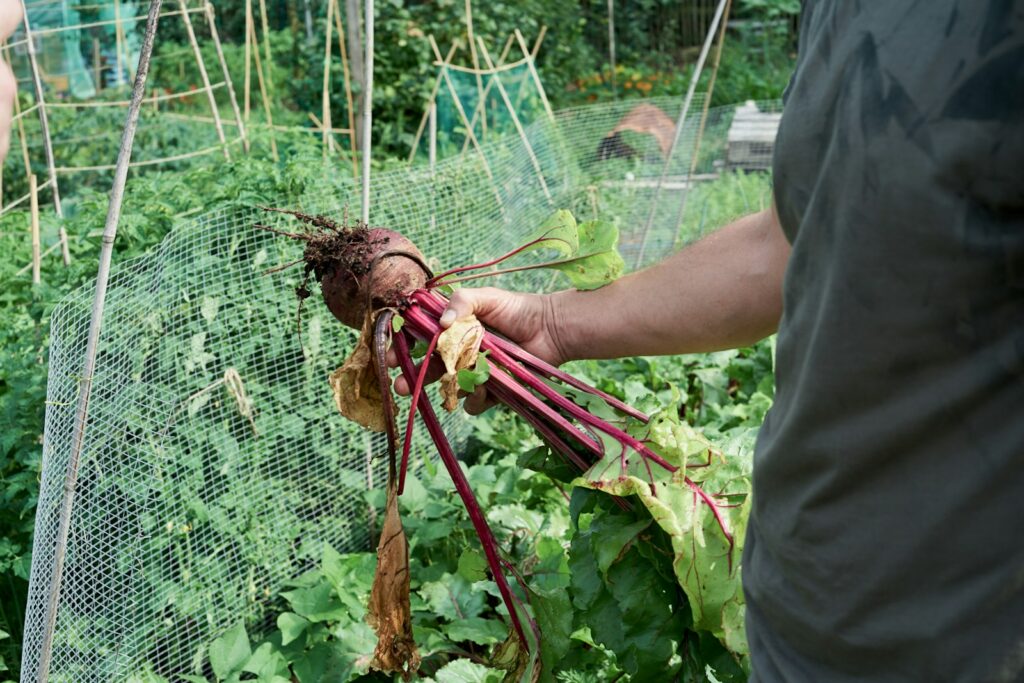
Beets do well in late fall and can handle chilly temperatures. Sow seeds in soil that is still workable before the first hard freeze.
Their flavor often improves after a light frost. Pick quick-maturing varieties for best results.
Beets thrive in raised beds or loose soil. Keep the soil moist but not soggy, and mulch to protect the roots.
Cold frames or extra protection can help you extend your beet harvest.
Radishes

Radishes are perfect for late fall because they grow quickly and don’t mind the cold. Some varieties are ready to harvest in just a few weeks.
Sow radish seeds directly in your garden soil. They like cool weather and stay crisp as temperatures drop.
Winter radishes, such as black radishes, get sweeter after a few cold nights. Plant these about eight to ten weeks before your first frost.
Radishes don’t need much space. Loose, nutrient-rich soil helps them grow well.
These little roots are great in salads or pickled for snacks.
Lettuce
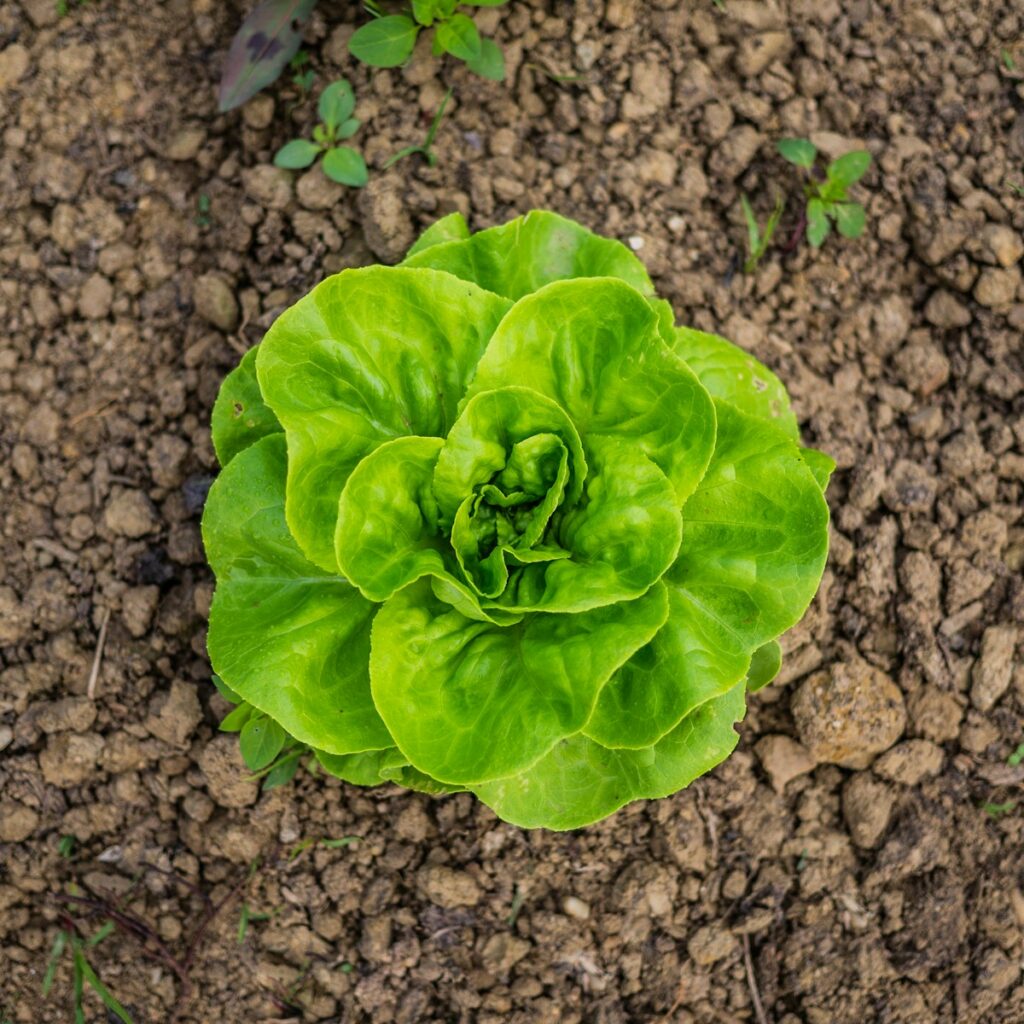
Lettuce can be planted in late fall for a fresh winter harvest. Choose cold-tolerant varieties for best results.
Start seeds ten to twelve weeks before your first frost. Baby lettuce is ready sooner, but full heads need some protection from freezing.
Row covers or cold frames can help keep your lettuce growing when temperatures dip. Make sure your soil is loose and drains well.
Lettuce likes consistent moisture, so water regularly but avoid soggy soil. With a bit of care, you’ll have crisp greens for your winter meals.
Turnips
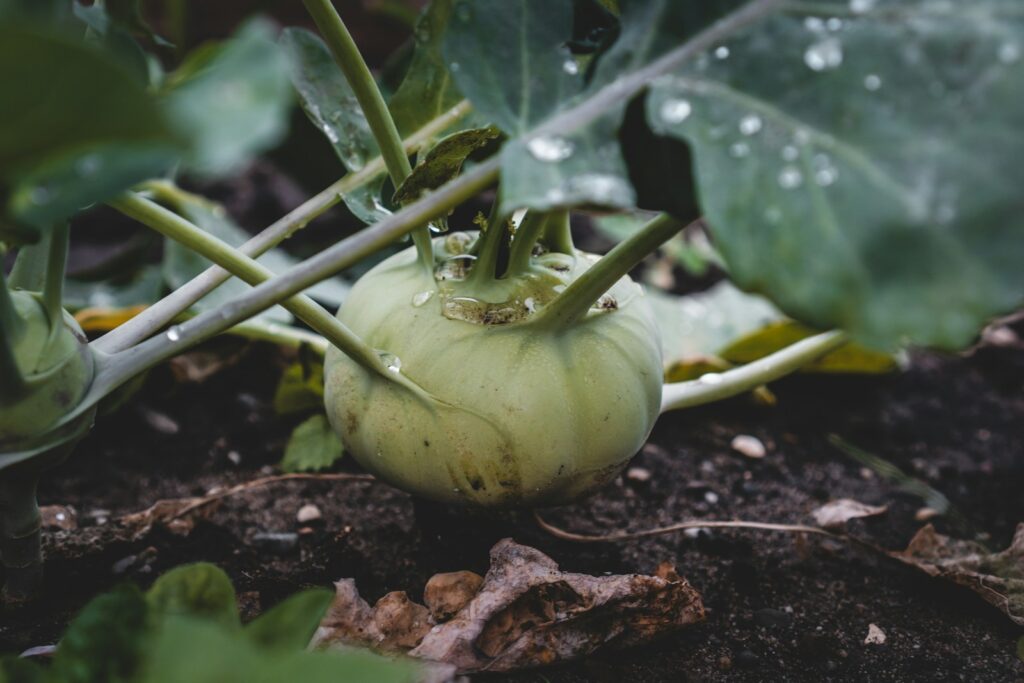
Turnips are a solid late fall vegetable. They grow well in cool weather and get sweeter after a light frost.
Plant turnips about six to eight weeks before your first expected frost. This gives them time to develop tender roots and greens.
They don’t need much space, making them a good pick for smaller gardens. Well-drained, moist soil helps them thrive.
Cold-hardy varieties will keep growing into early winter.
Cabbage
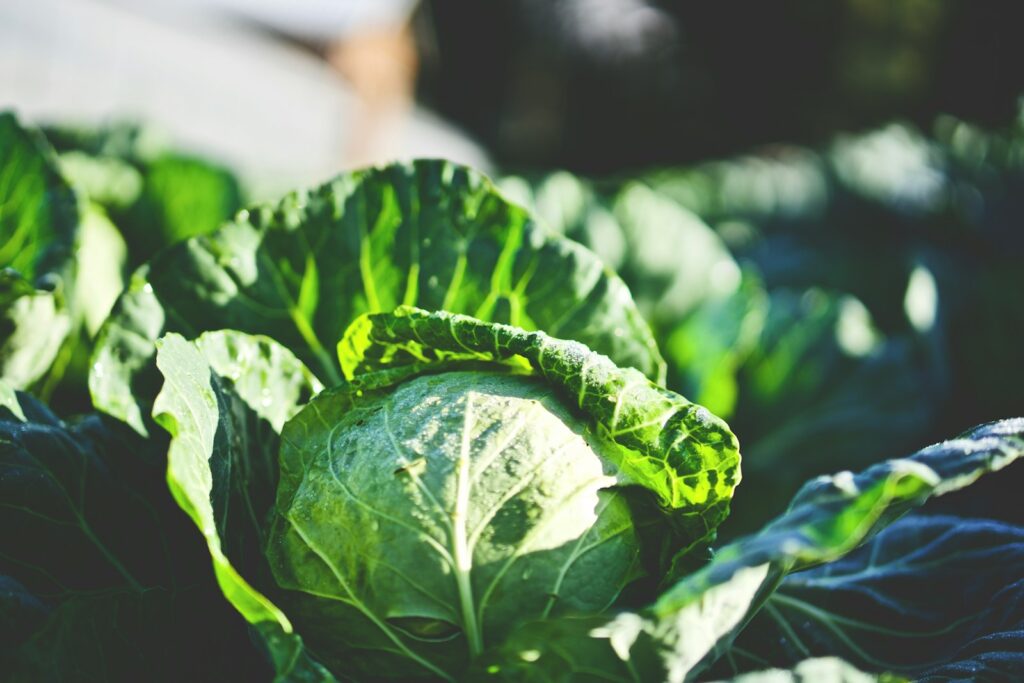
Ever tried growing your own cabbage as the weather cools down? This veggie thrives in chilly conditions and can even handle a bit of frost, making it a solid pick for late fall planting.
If you have limited space, cabbage fits nicely in raised beds or containers. Opt for early-maturing or mini varieties if you want to enjoy your harvest sooner.
Start seeds indoors or transplant seedlings outside by mid to late fall. This gives your cabbage a head start before winter fully sets in.
After harvest, cabbage keeps fresh for weeks. It’s a versatile ingredient for salads, soups, and even homemade sauerkraut.
Pair it with other cool-loving veggies like kale or Swiss chard for a colorful winter garden. Protect young plants with mulch or row covers when temperatures dip.
Water consistently but don’t let the soil get soggy. With a little care, you’ll have crisp, homegrown cabbage to enjoy all season.

